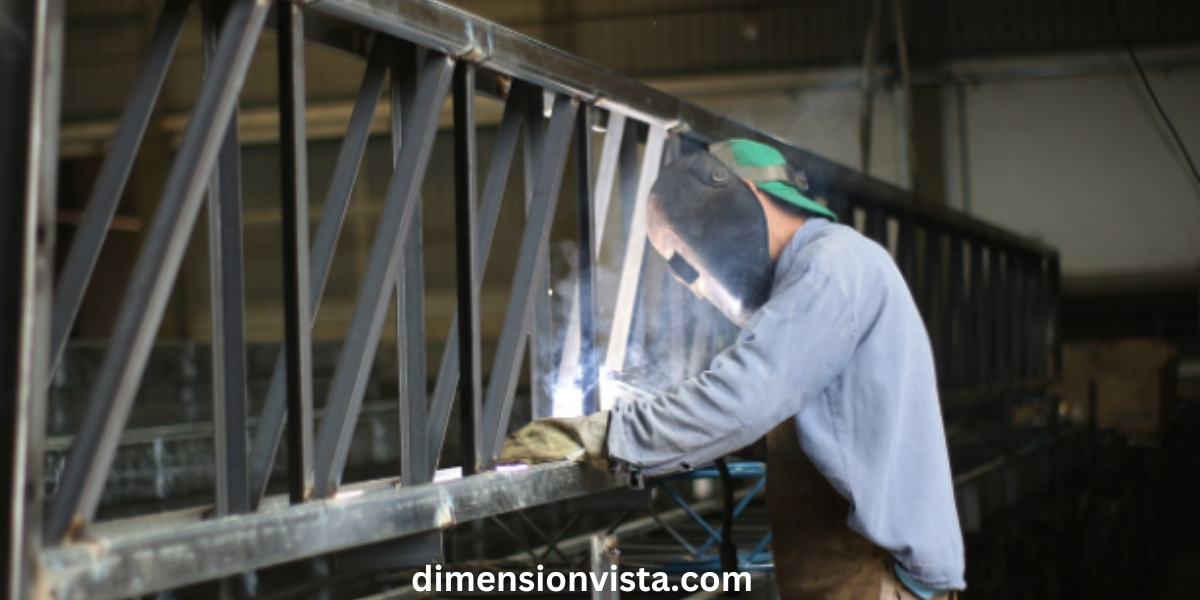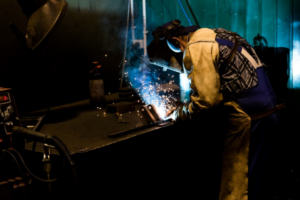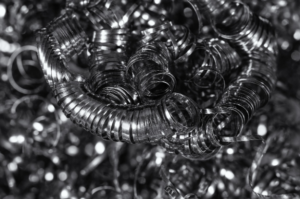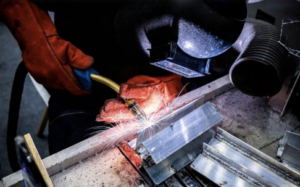In the world of modern fabrication, stainless steel welding wire plays a crucial role in ensuring strong, durable, and corrosion-resistant welds. Whether in industrial manufacturing, automotive, construction, or shipbuilding, welding wire quality significantly impacts the structural integrity and longevity of fabricated materials.
This article explores the features and advantages of stainless steel welding wire, helping fabricators understand its importance, best applications, and how to choose the right type for specific needs.
Key Features of Stainless Steel Welding Wire
1. Corrosion Resistance
One of the biggest advantages of stainless steel welding wire is its superior resistance to corrosion. This feature makes it ideal for environments exposed to moisture, chemicals, and extreme weather conditions, such as marine structures and food processing plants.
2. High Strength and Durability
Stainless steel welding wire offers excellent tensile strength and durability. It ensures long-lasting welds that withstand mechanical stress, making it a preferred choice for heavy-duty applications such as bridges, oil refineries, and industrial machinery.
3. Heat and Oxidation Resistance
Stainless steel welding wire maintains its integrity even at high temperatures. This feature is particularly beneficial for industries like aerospace, power plants, and automotive exhaust systems, where heat resistance is essential.
4. Variety of Grades and Compositions
Stainless steel welding wire comes in various grades, including:
- ER308L – Suitable for welding 304 and 304L stainless steel, commonly used in food and beverage equipment.
- ER309L – Designed for welding stainless steel to carbon steel, ideal for dissimilar metal welding.
- ER316L – Provides excellent corrosion resistance, especially against chlorides, making it ideal for marine applications.
- ER347 – Great for applications that require high heat resistance, such as aerospace and power plants.
5. Excellent Weldability and Arc Stability
Modern stainless steel welding wire ensures smooth and stable arcs, leading to less spatter, minimal defects, and high-quality welds. This improves efficiency and reduces post-weld cleanup time.
Advantages of Using Stainless Steel Welding Wire
1. Enhanced Productivity
The ease of handling and smooth flow characteristics of stainless steel welding wire lead to faster welding speeds and reduced downtime. This translates to higher productivity in fabrication workshops.
2. Long-Term Cost Savings
Although stainless steel welding wire may have a higher initial cost than carbon steel alternatives, its durability and resistance to wear and corrosion result in lower maintenance and repair costs over time.
3. Versatility Across Industries
Due to its superior properties, stainless steel welding wire is widely used across industries, including:
- Construction and Infrastructure – Bridges, skyscrapers, and stadiums require strong, corrosion-resistant welds.
- Automotive – Used in exhaust systems, fuel tanks, and structural components.
- Food and Beverage – Essential for sanitary welding in processing plants.
- Aerospace – Provides strength and heat resistance for critical aircraft components.
4. Environmental Benefits
Stainless steel is 100% recyclable, making it a sustainable choice for environmentally conscious industries. Additionally, its resistance to rust and degradation reduces waste and the need for frequent replacements.
Choosing the Right Stainless Steel Welding Wire
When selecting stainless steel welding wire, consider the following factors:
1. Base Metal Compatibility
Ensure the welding wire matches the stainless steel grade of the base metal to prevent weld defects and material incompatibility.
2. Welding Process
Different welding processes require different wire types:
- MIG (Metal Inert Gas) Welding – Uses solid stainless steel wire for precision and clean welds.
- TIG (Tungsten Inert Gas) Welding – Requires filler rods for intricate and high-quality welds.
- Flux-Cored Arc Welding (FCAW) – Uses flux-cored stainless steel wire, ideal for outdoor applications.
3. Environmental Conditions
For applications exposed to extreme conditions (e.g., high temperatures, chemicals, or saltwater), select a wire with superior corrosion and heat resistance.
4. Shielding Gas Requirements
The choice of shielding gas impacts weld quality. Common shielding gases for stainless steel welding include:
- Argon – Provides a stable arc and smooth finish.
- Helium-Argon Mix – Improves penetration and heat control.
- CO2 Mixes – Cost-effective for specific applications.
Common Challenges and Solutions in Stainless Steel Welding
1. Heat Distortion
- Solution: Use lower heat input and proper welding techniques to minimize warping.
2. Weld Discoloration
- Solution: Use proper shielding gas coverage and post-weld cleaning techniques like pickling or electrochemical cleaning.
3. Spatter and Porosity
- Solution: Maintain correct welding parameters, use high-quality wire, and ensure a clean surface before welding.
4. Cracking and Brittleness
- Solution: Select the right filler material and preheat when necessary to reduce thermal stress.
Conclusion
Stainless steel welding wire is an essential component in modern fabrication, offering unmatched strength, corrosion resistance, and versatility. By understanding its key features, benefits, and selection criteria, fabricators can optimize welding performance and ensure long-lasting, high-quality welds.
For professionals seeking efficiency and durability in their welding projects, investing in premium stainless steel welding wire is a smart choice. Whether for industrial, commercial, or specialized applications, this welding wire remains a top-tier solution in the metal fabrication industry.




